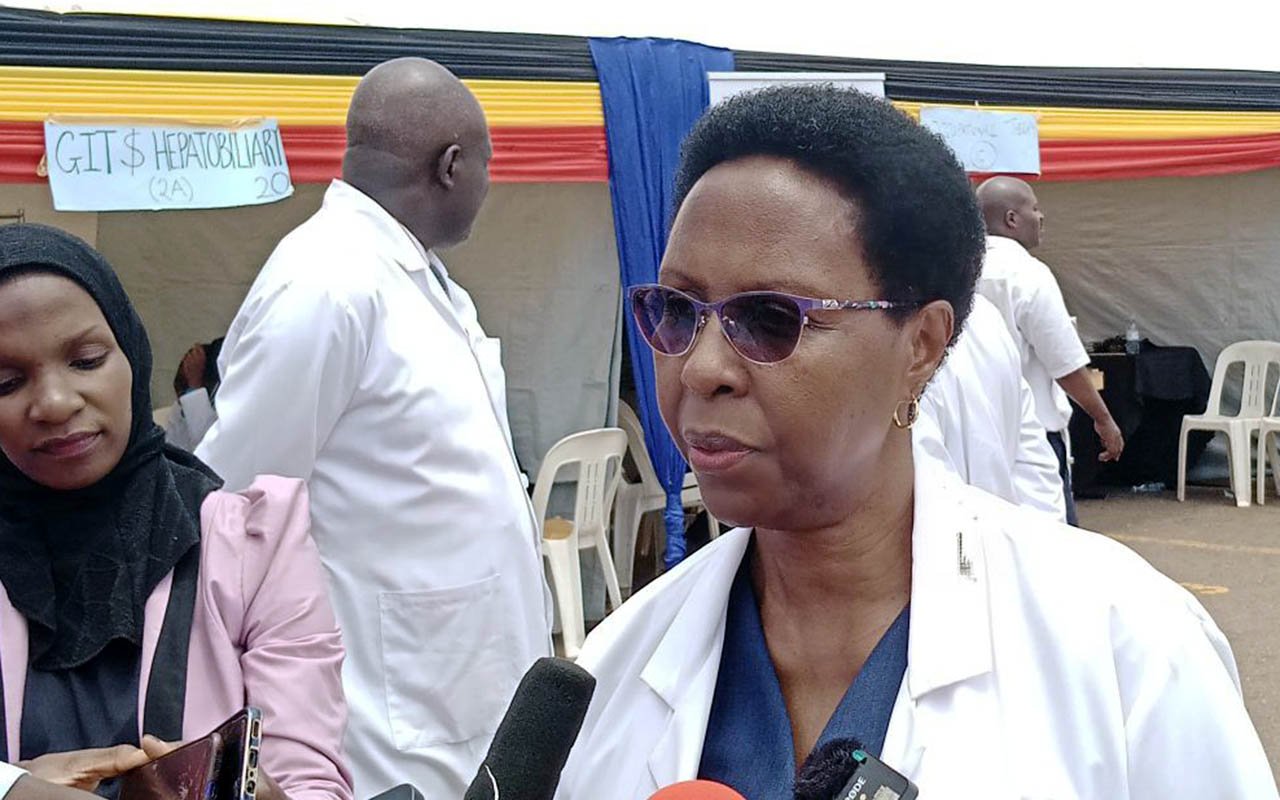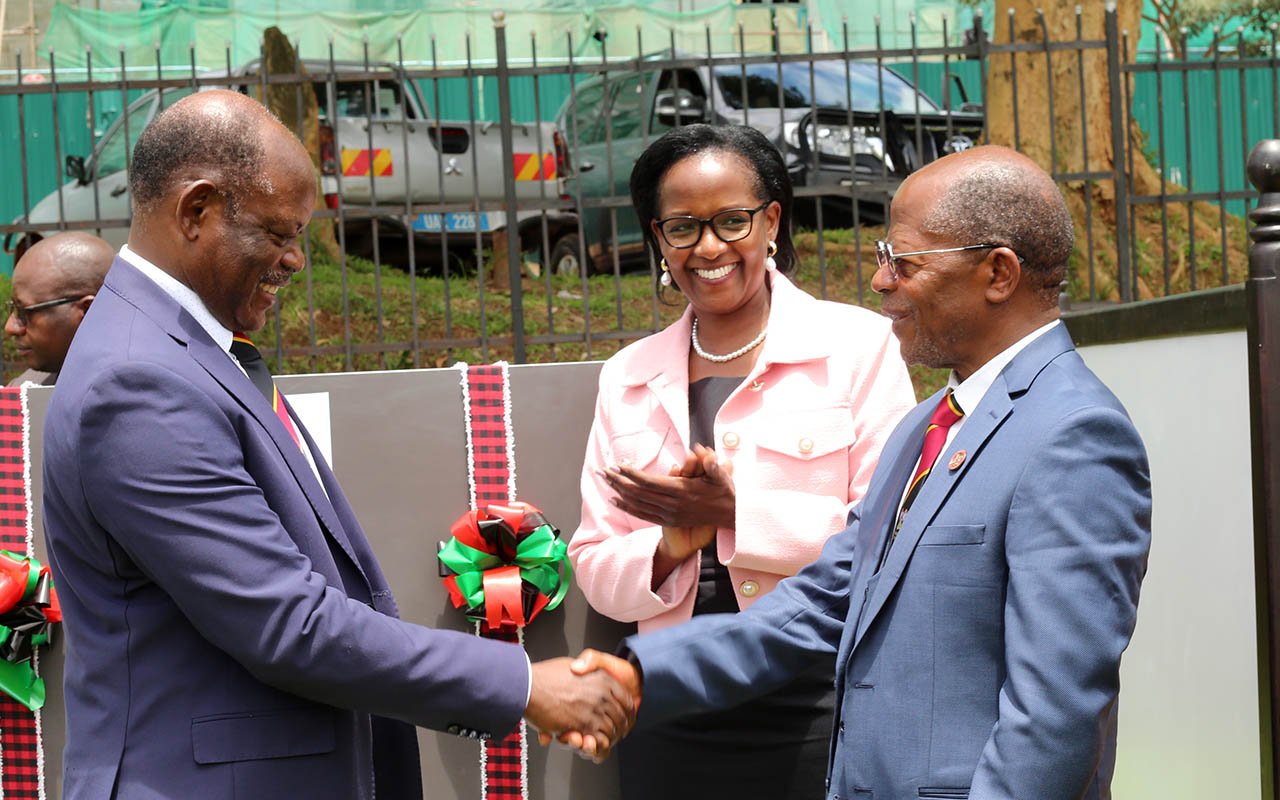Has affirmative action hindered women’s participation in politics?

In the current Parliament, women occupy all key positions of power - the Speaker, Rebecca Kadaga, the Leader of Opposition in Parliament, Winnie Kiiza; and the Government Chief Whip, Ruth Nankabirwa.
The Government Chief Whip is in-charge of the Cabinet (Executive), the Speaker leads the second arm of government (Legislative) and the Leader of Opposition in Parliament heads the Opposition MPs. So why isn’t this power reflected in the policies and laws passed by the Parliament?
The 10th Parliament has Bills like the Marriage and Divorce Bill still collecting dust on the shelves. The Sexual Minorities Bill still hasn’t been passed into law, and the Minimum Wage Bill is not on the priority list.
All these laws address key issues at the heart of the women’s movement in Uganda - from the problem of cohabiting women, who are not recognised to the rampant sexual harassment, some of which we have even seen reported in the news.
Then there is the gender pay gap and the fact that women are employed more in the informal sector, which is not recognised in the Minimum Wage Bill.
Don’t get me started on key ministries headed by women that receive a huge chunk of national Budget.
Many people often respond to the plight of women by highlighting the women at the “power” posts in Parliament. How could you – collective “you” – be so powerless and yet hold so much power? They also make reference to the affirmative action and the ways in which it supposedly empowered women, the 51 per cent of the population.
Recently, Parliament Watch Uganda, a programme under the Centre for Policy Analysis published a report highlighting the representation of women in Parliament. I found the results disappointing. The House has 154 women and 295 men, 46 per cent of committee chairpersons are women, 43 per cent of committee vice chairpersons are women, 35 per cent full/state ministers are women, and 50 per cent are commissioners.
There has been an increase from the two women representatives we had in 1962 to the current 154 women. Part of this is due to the affirmative action policy that makes sure for every district, there is a woman representative. But could the stagnation also be blamed on the same affirmative action policy?
With the policy, women interested in running for Parliament seats are reminded that the main seat is for men and the “Woman MP” slot for them. We have then extended this to assign gender to problems so that when people are angry about the safety of women, the outrage is directed at women representatives only.
We ask where the female MPs are, and wonder at what they are doing to raise women’s issues. I also started this by highlighting the power that can be exercised to, yes, pass legislation that would directly affect women. But these are national and human issues that should not be left to the women MPs alone.
Affirmative action is not a bad policy, and should not be done away with. Without it, we would end up with committees like the Executive of the Makerere University Academic Staff Association that has 16 men and no women. Because we live in a sexist society in which misogyny is the norm.
The policy, however, is not cast in stone. There is need to return to the drawing board and look at what has worked so far and what has failed. Why are more women still running for Woman MP seats when they are assumed to have enough mileage to run for the open seats at the county level?
We could find that a way forward would be to go for a Parliament with 50 per cent women and 50 per cent men.
Ms Kemigisa is the head of content
at Centre for Policy Analysis




